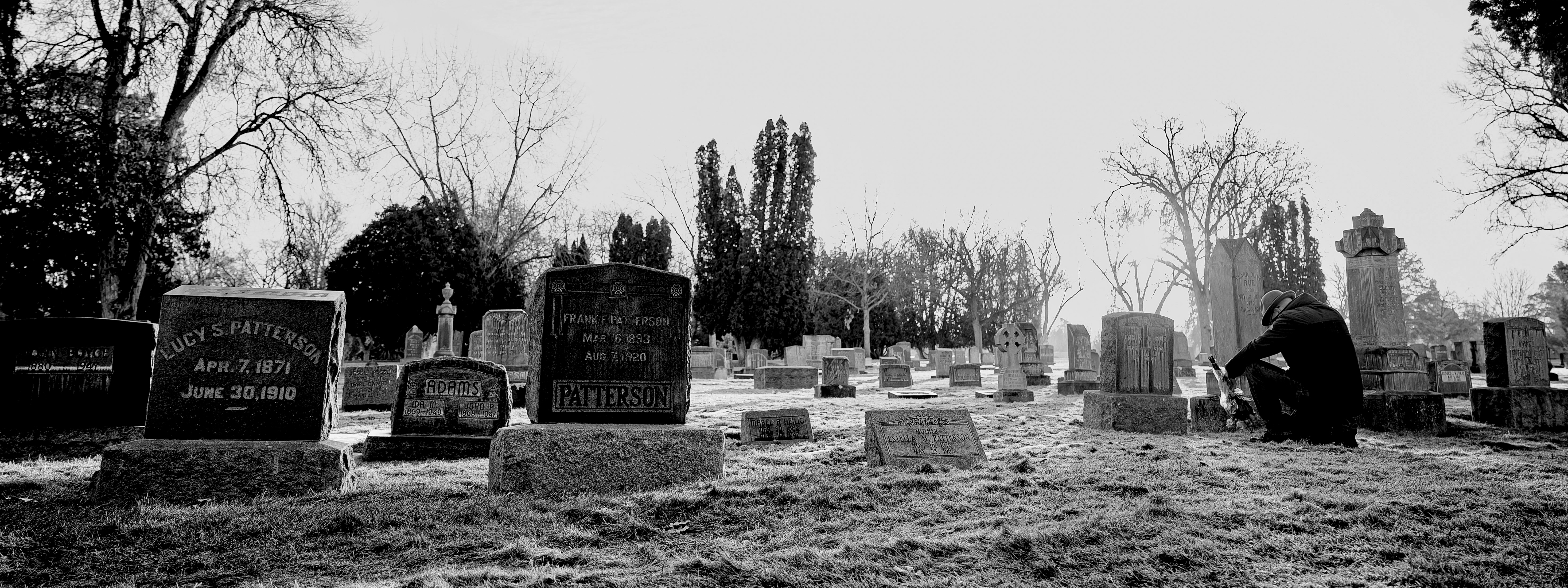7. Can we trust Mark’s gospel?
Mark 16:9-20
[The earliest manuscripts and some other ancient witnesses do not have verses 9–20.]
9 When Jesus rose early on the first day of the week, he appeared first to Mary Magdalene, out of whom he had driven seven demons. 10 She went and told those who had been with him and who were mourning and weeping. 11 When they heard that Jesus was alive and that she had seen him, they did not believe it.
12 Afterwards Jesus appeared in a different form to two of them while they were walking in the country. 13 These returned and reported it to the rest; but they did not believe them either.
14 Later Jesus appeared to the Eleven as they were eating; he rebuked them for their lack of faith and their stubborn refusal to believe those who had seen him after he had risen.
15 He said to them, ‘Go into all the world and preach the gospel to all creation. 16 Whoever believes and is baptised will be saved, but whoever does not believe will be condemned. 17 And these signs will accompany those who believe: in my name they will drive out demons; they will speak in new tongues; 18 they will pick up snakes with their hands; and when they drink deadly poison, it will not hurt them at all; they will place their hands on people who are ill, and they will get well.’
19 After the Lord Jesus had spoken to them, he was taken up into heaven and he sat at the right hand of God. 20 Then the disciples went out and preached everywhere, and the Lord worked with them and confirmed his word by the signs that accompanied it.
If you’ve read to the end of Mark’s Gospel you may have noticed something unusual. After chapter 16 verse 8 there is a note before the rest: ‘The earliest manuscripts and some other ancient witnesses do not have verses 9–20’. What’s going on?
Most scholars believe that Mark 16:9–20 is not part of Mark’s original account and were added in the first century after the book was written. By comparing all the manuscripts of Mark’s Gospel available to us today, we can see five main patterns:
1. some have the last 12 verses
2. some lack the last 12 verses
3. some have an editorial note and then the last 12 verses
4. some have a shorter ending after verse 8
5. some have a shorter ending and then the last 12 verses
The earliest translations of Mark’s Gospel into Coptic, Latin, and Syriac seem to omit the verses. They are also omitted from our two earliest manuscripts, both from the fourth century:
– Codex Vaticanus, which is the Vatican’s single best manuscript treasure.
– Codex Sinaiticus, now in the British Library.
This variety of endings is precisely the sort of disturbance we would expect to show up if someone had tampered with the account by adding something to the text. The existence of different manuscripts, from different times and political jurisdictions, also shows that no one has tried to unify all the manuscripts or to destroy the ones which didn’t agree.
In fact, the existence of these different manuscripts shows how good the manuscript evidence for Mark’s Gospel is. We know that our current manuscripts don’t come from a centrally controlled editing body, and are diverse enough to show us differences when these have historically arisen. This gives us confidence to draw conclusions from the places where the manuscripts all agree.
If someone early on tampered with the text, we would expect some evidence of that to show up somewhere in the manuscript record. So the fact that we don’t have any similar manuscript disagreement for other parts of Mark’s Gospel is evidence that the rest of the text has not been meddled with. The manuscript problem at the end of Mark should actually give us confidence in the high-quality transmission of the rest of the Gospel.
So as you read Mark’s Gospel, dive in eagerly, with confidence that this ancient account of Jesus’ life has come down to us reliably.
Dr Peter Williams is Principal of Tyndale House, University of Cambridge, where he specialises in New Testament History and Theology.











